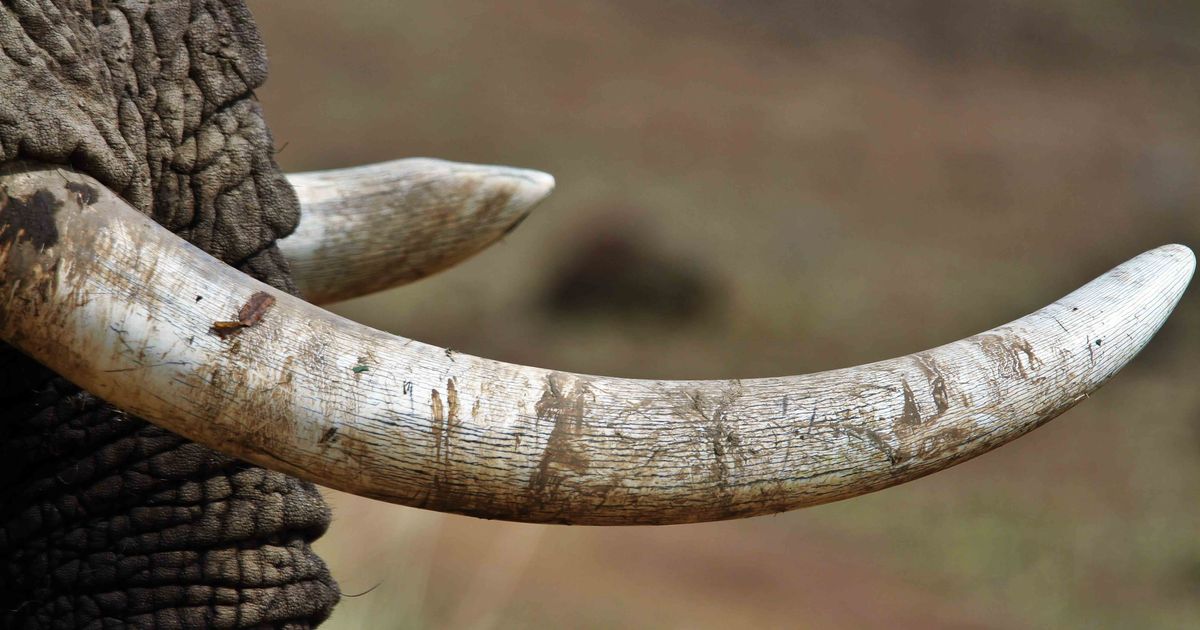
In a shock announcement, the European Union has introduced much more restrictive proposals for the trade in ivory than expected by publishing guidelines on how to interpret existing measures for protecting wild species.
Aimed at crushing demand for raw ivory, and so protecting live elephants—a worthy cause, we can all agree—it also covers the trade in antique ivory, following on from the UK ban, soon to be enforced. Although the proposed EU regulations have not yet been formally adopted by the European Commission, it seems likely that they will be—with tough consequences for the antiques trade. And while a consultation finished on 25 February, it is unlikely that the suggested restrictions will be watered down.
Arguments have raged back and forth about the need to hit the antiques industry in this way; there is no real evidence of it leading to modern poaching, so such extreme measures are really unjustifiable. What’s more, this would appear to be the view of the new President of the European Commission, Ursula von der Leyen, if her officially stated guiding principles are anything to go by. They are well reasoned, honourable and constructive.
Von der Leyen set these principles out in a Mission letter as direct instructions to the various Commissioners-designate in September 2019. Tucked into the middle of the letter was a section headed Interinstitutional relations and better policy making, which should have an important bearing on the ivory issue.
“We need to ensure that regulation is targeted, easy to comply with and does not add unnecessary regulatory burdens,” they begin, later adding: “At the same time, we must send a clear signal to citizens that our policies and proposals deliver and make life easier for people and for businesses.”
“In this spirit, the Commission will develop a new instrument to deliver on a ‘One In, One Out’ principle. Every legislative proposal creating new burdens should relieve people and businesses of an equivalent existing burden at EU level in the same policy area.”
It goes on to state: “Proposals must be evidence based, widely consulted upon, subject to an impact assessment and reviewed by the independent Regulatory Scrutiny Board. You will ensure that they respect the principles of proportionality and subsidiarity and show the clear benefit of European action.”
So how does the EU’s ivory proposal stack up against this guiding set of principles from its most senior politician?
Dragging in the art market as collateral damage of its main policy is hardly ‘targeted’, while the measures themselves will prove remarkably difficult to comply with; in reality, most businesses will either risk breaking the law or drop any trade in antique ivory altogether. How will these measures not add “unnecessary regulatory burdens”? (I will come back to the necessary bit further on*). And how does all of this show the Commission sending “a clear signal to citizens that our policies and proposals deliver and make life easier for people and for businesses”?
What about the ‘One In, One Out’ principle? Let’s not forget the existing list of new legislation directed specifically at the art market within the EU, including the 2019 import licensing regulations due to be enforced in full later this decade and the latest update to the anti-money laundering laws, yet to be enforced within the EU. What is being removed to make way for them?
The ivory proposal may be updated guidance on an earlier law rather than completely fresh legislation, but its far-reaching effects make it a new law in all but name—as well as possibly being a means of avoiding scrutiny by the European Parliament and the independent Regulatory Scrutiny Board. Anyway, von der Leyen’s guiding principles apply to “Proposals”, not just new laws.
However, it is “the precautionary principle” where the proposals really come unstuck. This is a principle for introducing preventive measures, despite the lack of evidence of an existing problem, on the grounds that they will remove or significantly reduce the risk of the feared problem arising.
In her Mission letter, von der Leyen states: “Proposals must be evidence based…. You will ensure that they respect the principles of proportionality and subsidiarity.”
Without such evidence that the trade in antique ivory leads to modern-day poaching and illicit trade, as is the case here, surely the proposals cannot be deemed either proportionate or necessary*.
And, if the guiding principles of von der Leyen’s mission are not applied here, what are they for?
Source link : https://www.theartnewspaper.com/comment/ivory-comment












